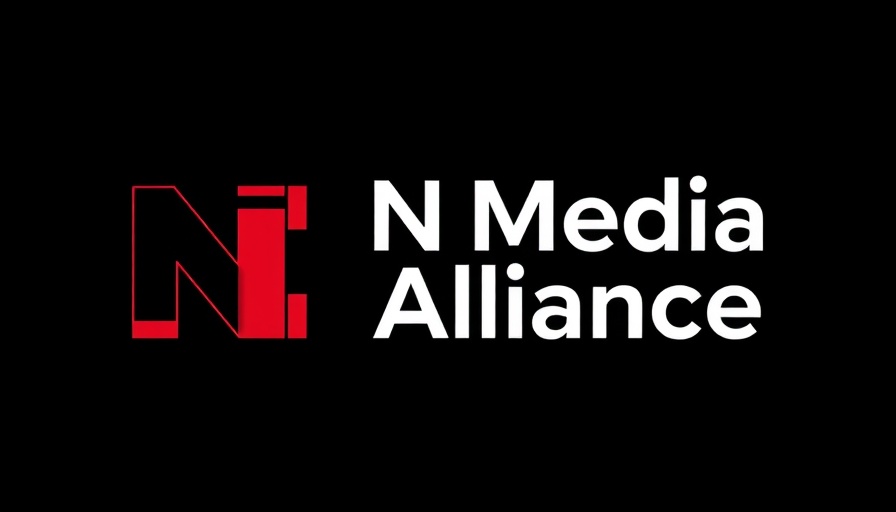
The Urgency of Change: AI and Journalism in Conflict
The revelation that AI chatbots generate a mere 0.37% referral traffic compared to traditional search engines poses a profound threat to journalism's operational viability. A recent study from Tollbit, highlighted by the News/Media Alliance, illustrates this alarming disparity: AI traffic is 95.7% lower than search engine traffic, revealing the monumental challenges ahead for the industry. As pertaining to their own intellectual property, many publishers fear that AI's scraping of their content is undermining their revenue streams and long-term sustainability.
The Generative AI Dilemma
Artificial intelligence, particularly generative AI, is reshaping how news is consumed and produced. As Nikita Roy from the Nieman Journalism Lab points out, 2024 may mark a transition where journalism must evolve from being a mere source of information to creating engaging news experiences. The problem lies in the fact that while AI can replicate and summarize content, it cannot replicate the human touch that journalists provide—critical skills necessary for investigative reporting and nuanced storytelling. The growing concern is that without proper traffic and engagement, media organizations will struggle to monetize and sustain quality journalism.
Counterarguments: The Value of Responsible AI
Despite the challenges presented by AI, both industry leaders and innovators advocate for integration rather than outright rejection. Danielle Coffey, President and CEO of the News/Media Alliance, states, "We’re just asking for responsible AI," emphasizing the recognition that AI technologies can enhance journalistic efforts rather than replace them. The industry must advocate firmly for compensation frameworks that benefit not just major tech corporations but also the original content creators—the journalists.
Future Predictions: A Transformative Approach
The future of journalism will hinge on its ability to innovate. Traditional revenue models must adapt as the industry embraces not just generating content but also revolutionizing its delivery methods. Emerging tools like the "Regional Remix" app model discussed in Nieman Lab are examples of success through localized content personalization. This model enhances engagement by ensuring content resonates more deeply with specific audiences. Investment in AI literacy across newsrooms will empower journalists to leverage new technologies for enhanced report generation while maintaining ethical standards and authenticity.
Actionable Insights: Steps Forward
For journalism to flourish amidst the rise of AI, news organizations need to take immediate action:
- Establish Compensation Frameworks: Demand compensatory agreements for the use of published content to ensure revenue retention and sustainability.
- Invest in AI Literacy: Training programs must be a priority, equipping journalists with skills to navigate and utilize AI technologies effectively.
- Diversify Engagement Models: Innovate the user experience by moving away from one-size-fits-all approaches to tailored content delivery that captures audience interest.
As we stand at a critical juncture, the interplay between journalism and AI reveals an urgent need for collaboration, ethical leadership, and technological adaptability that prioritizes the integrity of journalism and serves the community.
Conclusion: The Future of Journalism Depends on Unity
The dialogue surrounding the survival of journalism in the age of AI highlights a pivotal moment for media organizations. The willingness of tech giants to negotiate with journalism to preserve its integrity could pave the way for a healthier ecosystem. The time to act is now—journalism can not only survive but thrive in and alongside AI through a commitment to innovation and responsible practices.
 Add Row
Add Row  Add
Add 




 Add Row
Add Row  Add
Add 

Write A Comment